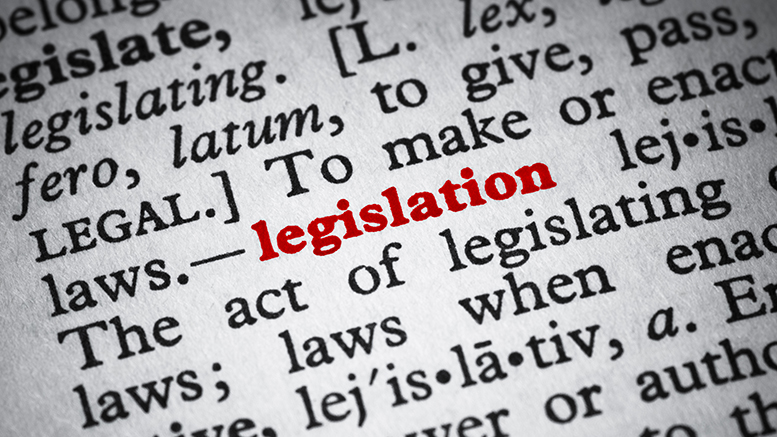The Senate late Wednesday passed a massive compromise stimulus bill, which includes nearly $14 billion for higher education.
After its 96-to-zero vote, the Senate now sends the Coronavirus Aid, Relief and Economic Security (CARES) Act (H.R. 748) to the House, which is expected to pass it on Friday morning. President Trump has said he would immediately sign the largest economic rescue package in U.S. history.
For community colleges, the core of the bill is $30.75 billion provided for education, with $13.95 billion allocated to higher education. About $12.5 billion (90 percent) of those funds will be provided through formula grants to institutions.
Under the legislation:
- Funding will be allocated based on an institution’s share of the following: each Pell Grant recipient will be weighted at .75 (measured by FTE), and all other students will be weighted at .25 (measured by FTE). In other words, Pell Grant recipients are weighted at three times the amount of non-Pell Grant recipients.
- Students enrolled in 100 percent online education before the COVID-19 emergency are excluded from the formula. This will significantly reduce the funds that large, online institutions might have otherwise received, though it will also impact community colleges.
- Colleges are given broad discretion on the use of funds within the context of a COVID-19 impact or response.
Institutions are to allocate at least half of the funds for emergency grants to students impacted by the virus. The rest is to be used by colleges for lost revenue or expenditures undertaken as a result of COVID-19.
As a very rough estimate, if community colleges as a sector receive funding based on their FTE enrollments alone, they would receive about 30 percent of this funding, or $3.8 billion. The exclusion of entirely online students from the equation will likely nudge this a bit higher. This is not a precise analysis of the formula’s impact and is provided only to give a sense of the general level of support provided. Overall, community colleges spent $62.2 billion in 2017-18.
The legislation also creates Maintenance-of-Effort requirements for states in the area of education funding. But it includes a waiver for states that “have experienced a precipitous decline in financial resources” that states may well want to exercise.
The legislation sets aside 7.5 percent, or $1.047 billion, of the higher education funding for Title III and Title V of the Higher Education Act, which includes Minority-Serving Institutions as well as Strengthening Institutions. These funds must also be split evenly between institutional support and grants to students. The legislation includes a series of waivers and accommodations for institutions participating in institutional aid programs.
Another 2.5 percent, or $349 million, is provided through Fund for the Improvement of Postsecondary Education (FIPSE) for institutions particularly impacted by the coronavirus. Priority for these grants is given to smaller institutions that receive less than $500,000 through the funding mechanisms described above and have significant need unmet by whatever amount they did receive.
The legislation also includes several changes to the Title IV student financial aid programs designed to accommodate the changed circumstances of students and colleges.
- Direct Loan borrower payments are suspended for six months, without interest accruing and with the suspension of collections/garnishment on defaulters.
- Institutions are authorized to transfer unspent Federal Work-Study Funds (FWS) to Supplemental Educational Opportunity Grants (SEOG). Institutional matches for these programs will be waived temporarily.
- Students who are unable to maintain their FWS employment because of the virus will still receive funds.
- Neither institutions nor students will be required to pay funds under the student aid “Return of Title IV” provisions if the student’s withdrawal was caused by COVID-19.
Student standards of “Satisfactory Academic Progress” would be altered to accommodate students who withdraw during a term during COVID-19.
The legislation adds $345 million to the U.S. Department of Labor’s dislocated worker assistance national reserve, which will be distributed through National Emergency Grants and other means. Community colleges often play pivotal roles in these initiatives and should be working with their state workforce agencies to participate in the projects this money will support.
AACC will host a webinar in the coming days to share a deeper analysis of the CARES Act and its impact on community colleges.
For more information, contact AACC’s David Baime or Jim Hermes.





